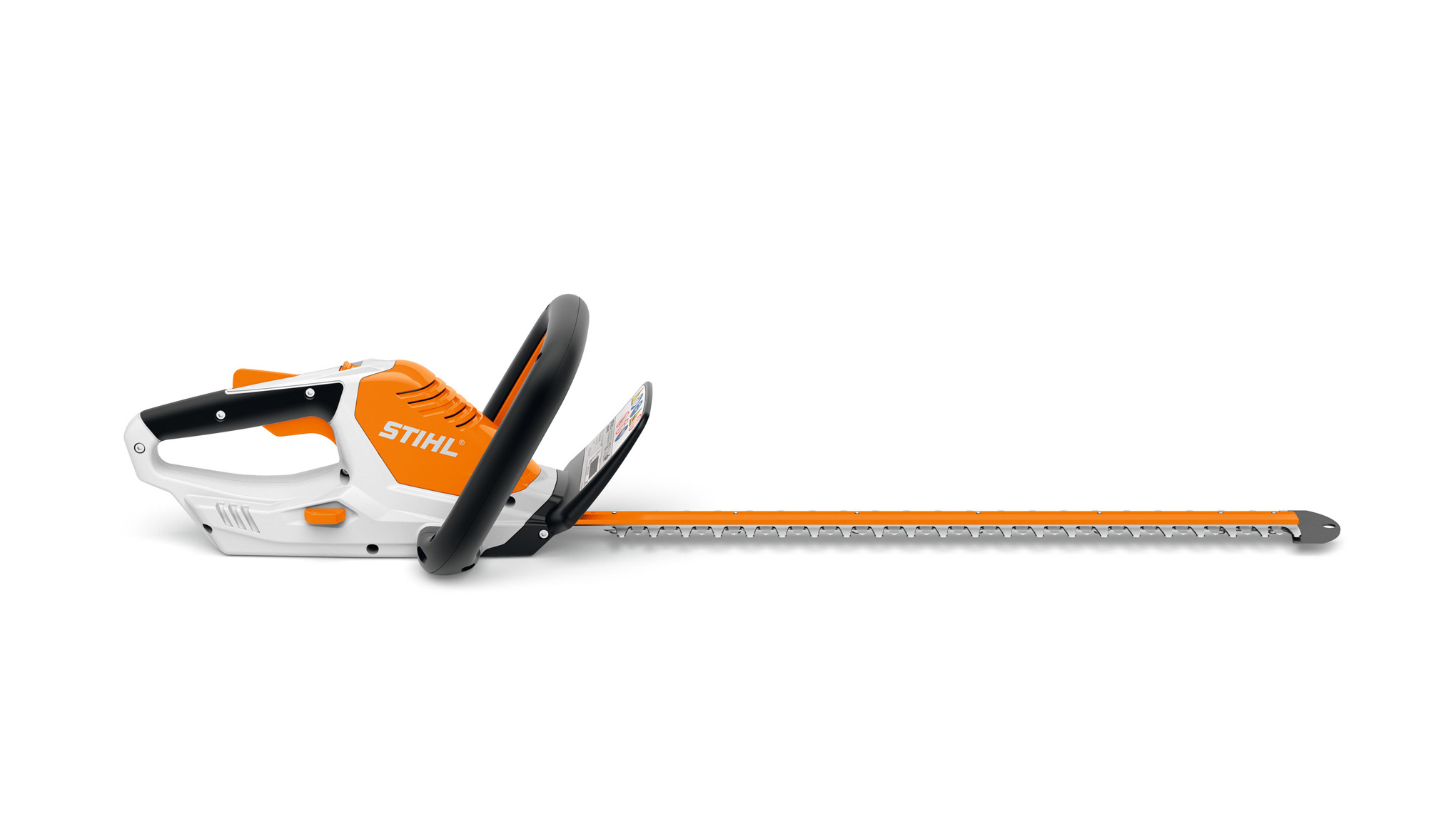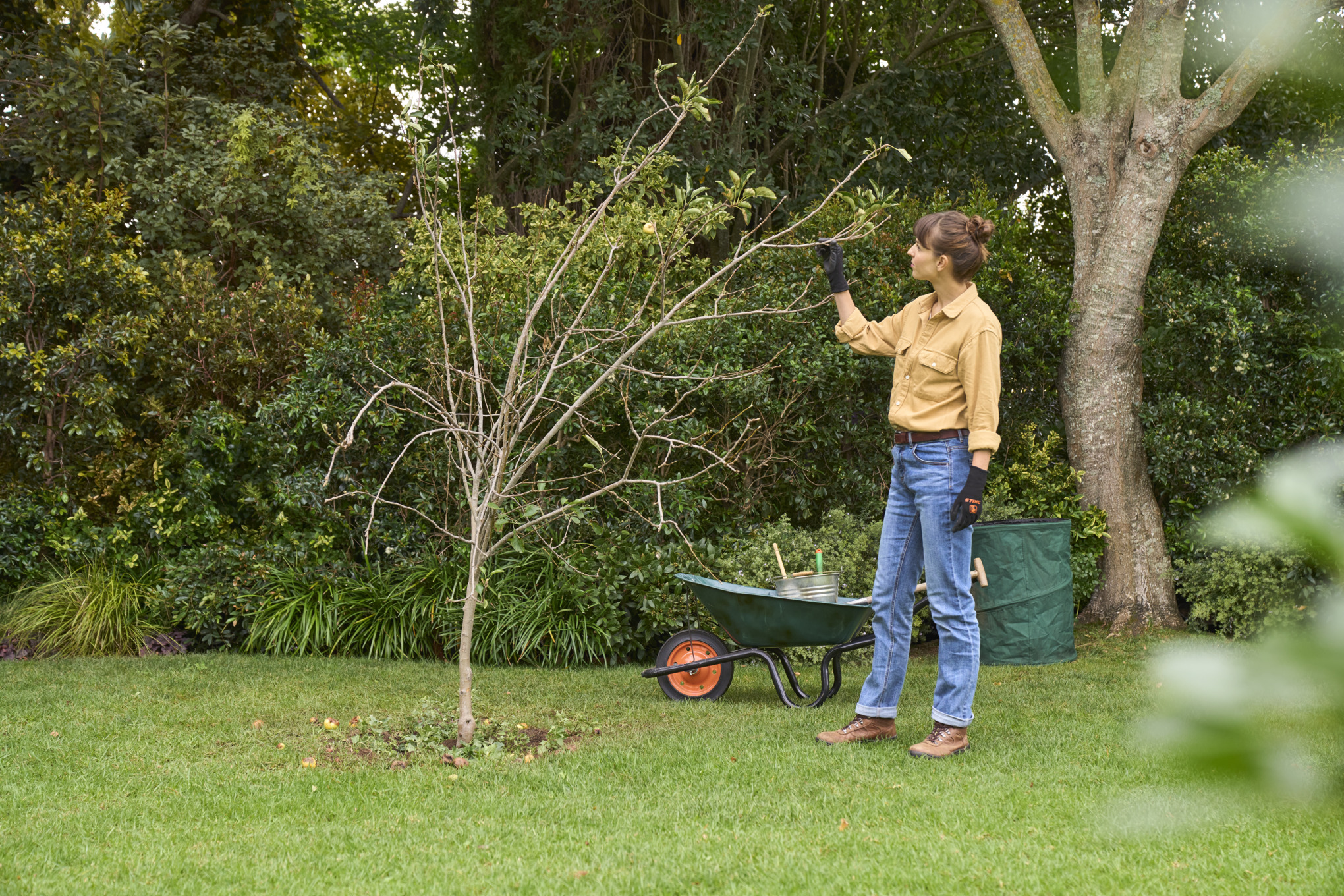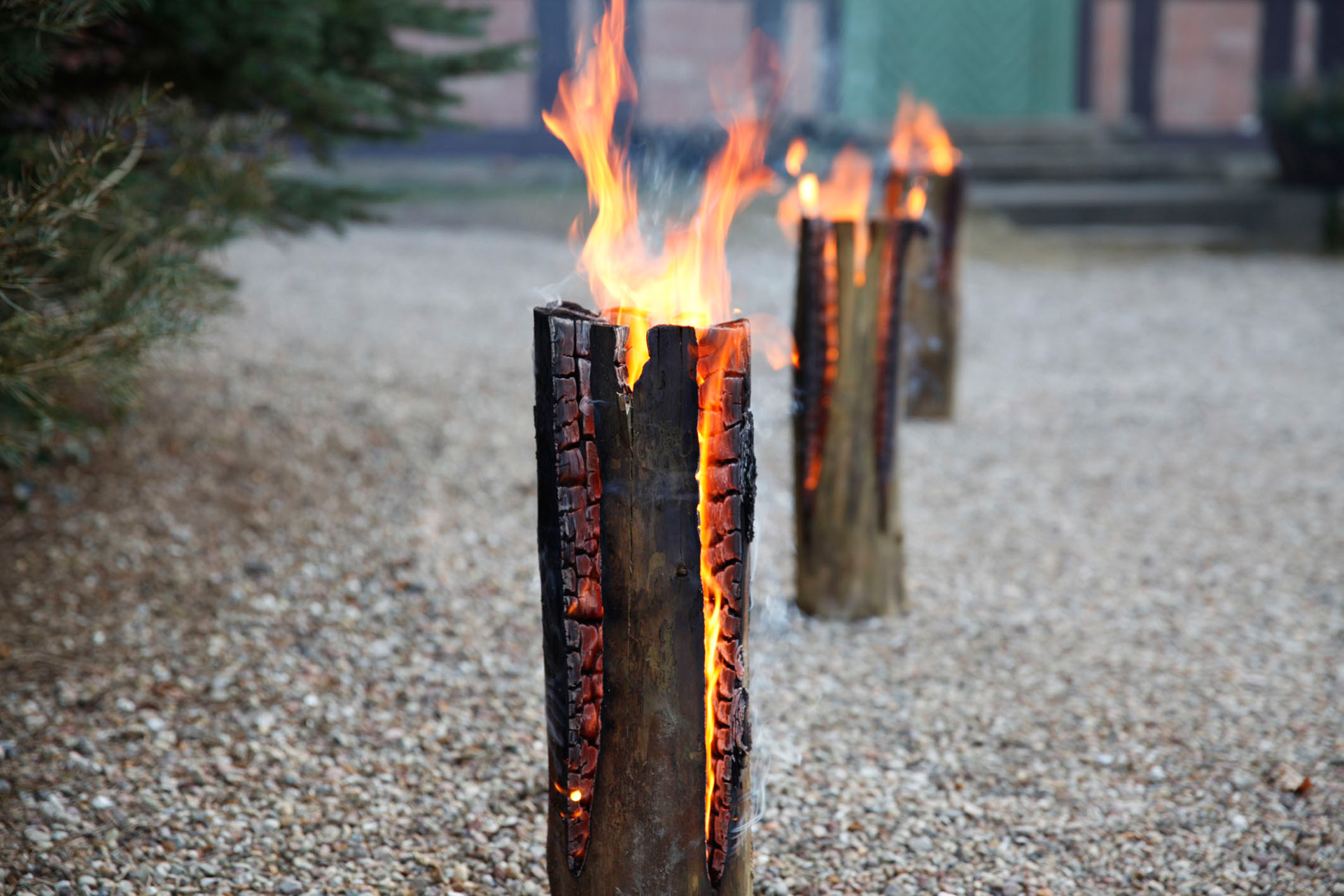Filling gaps in hedges
Ragged, holey hedges are really not a beautiful sight. But with proper hedge maintenance, you can fill almost any gap in your hedge.
13.11.2024

Overview: Filling the gap in the hedge
- Possible causes: incorrect pruning, mechanical action, unfavourable location, drought or fungal attack
- Small gaps can be filled with the right pruning and a little time
- In the case of larger gaps, replace the plant or let it grow back with two shoots of the neighbouring plants
- In the case of damage caused by permanent shade, look for suitable alternative plants.
- Conifers will not sprout again after radical pruning.
Why do holes form in hedges?
In order to properly close the holes and fill the gaps in your hedge and prevent them from developing in the future, you need to pinpoint what causes them. There are a few reasons why your hedge may have gaps.
Incorrect hedge trimming or cutting back too far
Coniferous plants, such as thuja, which have been cut back into the wood and do not have any needled shoots, will no longer sprout and will form holes. The yew is the only exception here: even after being cut back hard, it will sprout again – even from old wood. Holes can also form in deciduous hedges if the individual plants are cut back in places, but these holes will then close back up, unlike in conifers.

Cutting plants back in strong sunlight also causes damage. As soon as the longer shoots which normally provide shade are shortened, the internal branches are exposed to the sun and scorched. The leaves turn brown and gaps often form, although these can close again after some time.
Mechanical impact
Thin patches can be created when branches are pushed out of the hedge by a weight such as an excessive load of snow.

Unfavourable location
Hedges that get too much or not enough sunlight become weak and develop bare patches. This happens when a hedge grows in a shaded location or is overshadowed by other trees, shrubs and objects. Waterlogging or over-fertilised soil will also damage plants.
Dryness and fungal disease
Particularly with young hedges, individual plants can dry out in summer and create gaps in the hedge. The risk is greater in the first year for bare-rooted hedge plants, as these haven’t formed a protective root ball. In this case, you should replace the affected plant with a new one.

In thuja hedges in particular, individual plants may be infected by a soil fungus (phytophhora cinnamomi) and die off completely. As the fungal spores survive in the soil for a long time, you should thoroughly clear out the soil before replanting hedges, and replace it with fresh soil.
Filling small holes in a hedge
Brown spots and small holes can quickly be restored to green. Fold any bent branches back into the hedge. Cut off all obviously damaged or dried-out branches. The holes caused by doing this will gradually be filled in by nearby stems. If necessary, tie in the adjacent branches so that the gap is sufficiently exposed to sunlight and new growth quickly closes it.

Make sure that the lower part of the hedge is also exposed to the sun. Cutting the hedge in a trapezoidal form or A-shape will make this possible: the upper branches remain shorter than the lower ones, allowing the lower shoots to also get sufficient light.
For cutting and trimming
If the damage is due to a lack of light, cut back any trees which overshadow the hedge and remove any objects blocking its sunlight. If there is a permanent shadow, you should consider alternative plants: box and yew thrive in partial shade, while privet and laurels can grow well in both sunny and shady locations.
Filling gaps in a thuja hedge
Minor gaps in coniferous hedges, such as thuja, require patience: you will need to wait until the neighbouring branches cover the hole. If larger areas of the plant are damaged, you should replace it with a new one. Coniferous plants generally don’t sprout again after they have been cut back drastically.
How to fill larger gaps in hedges





